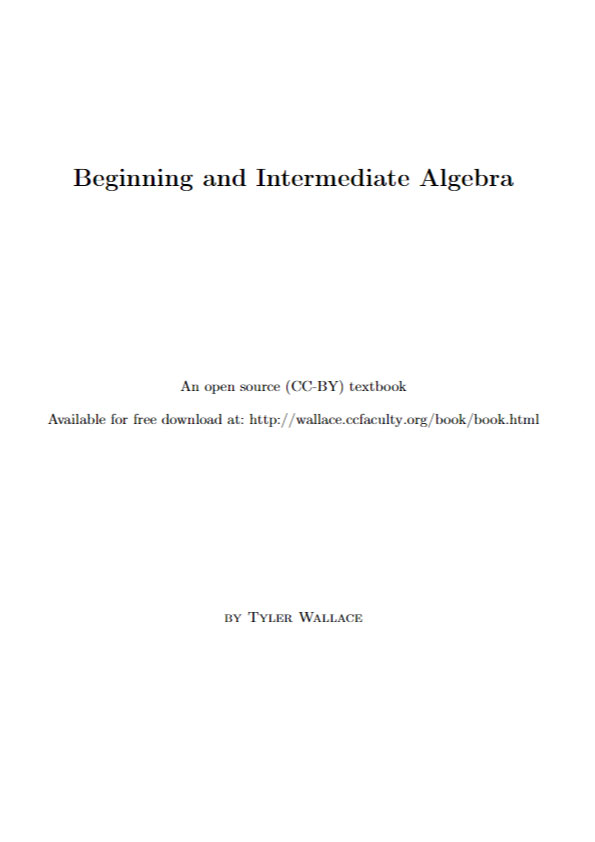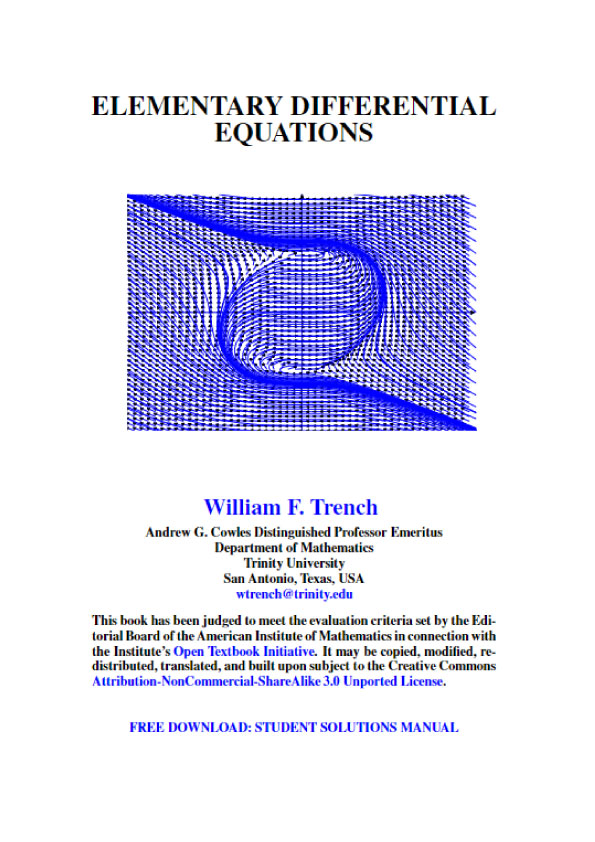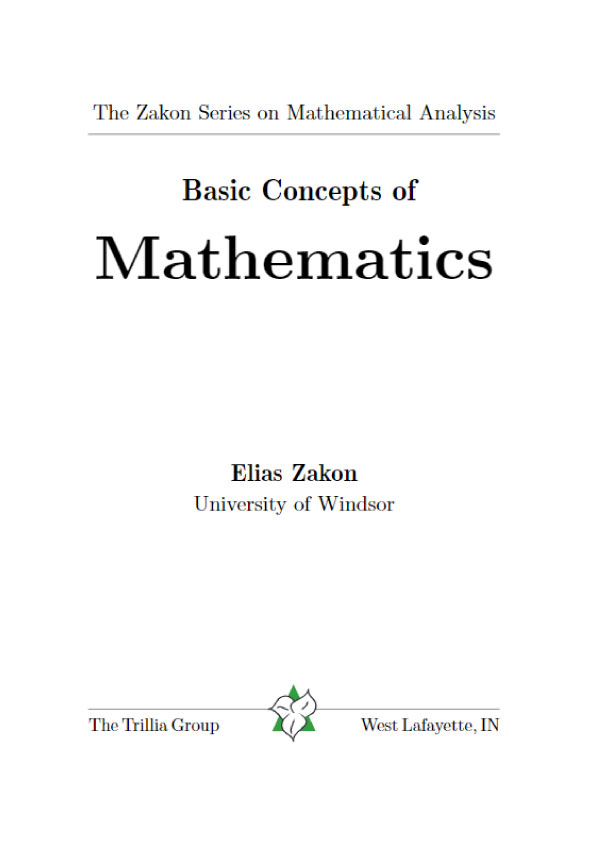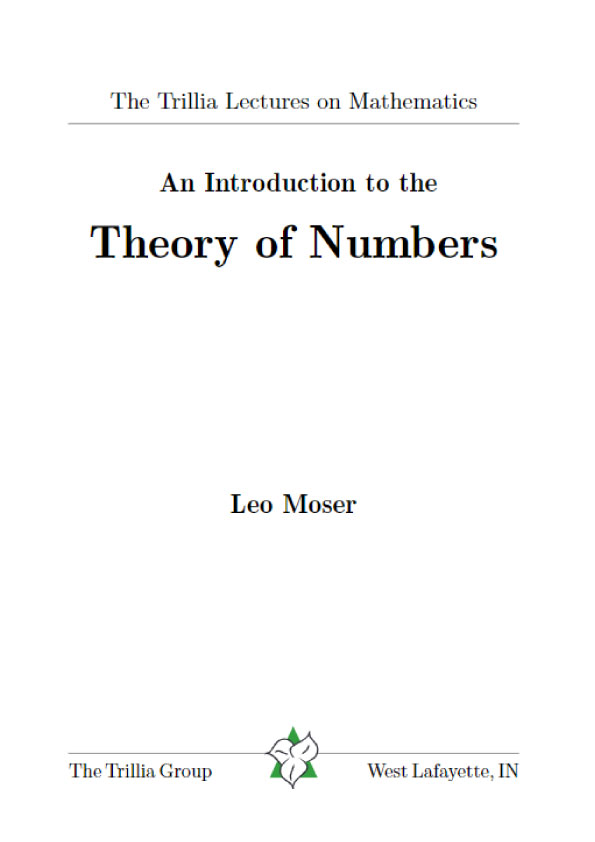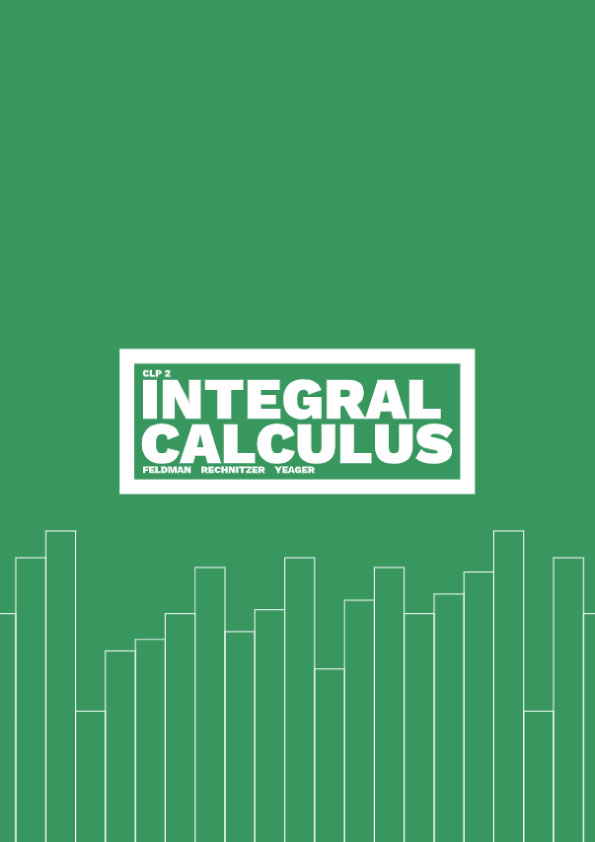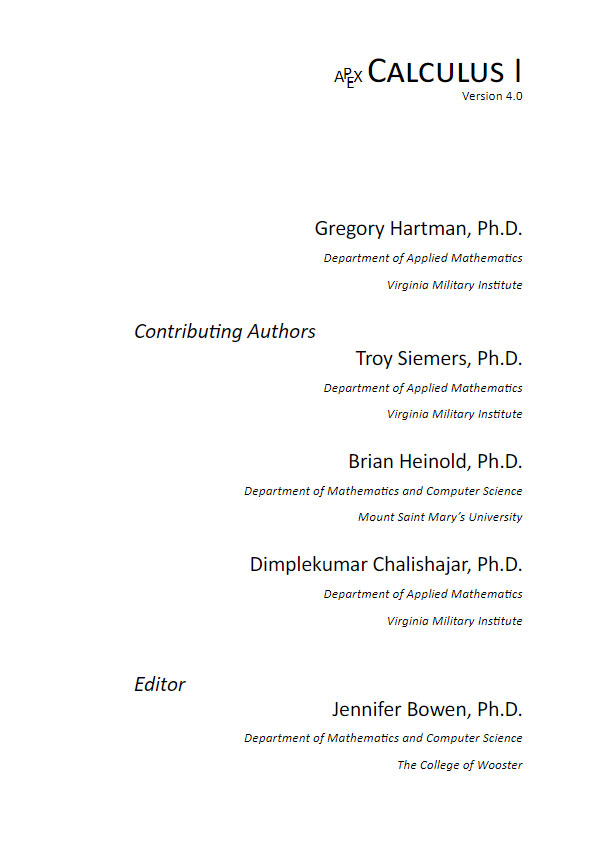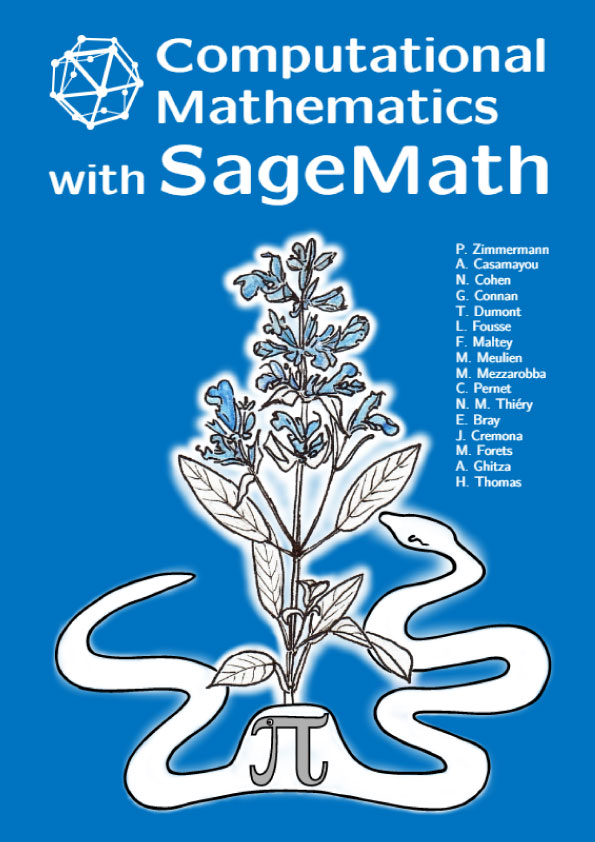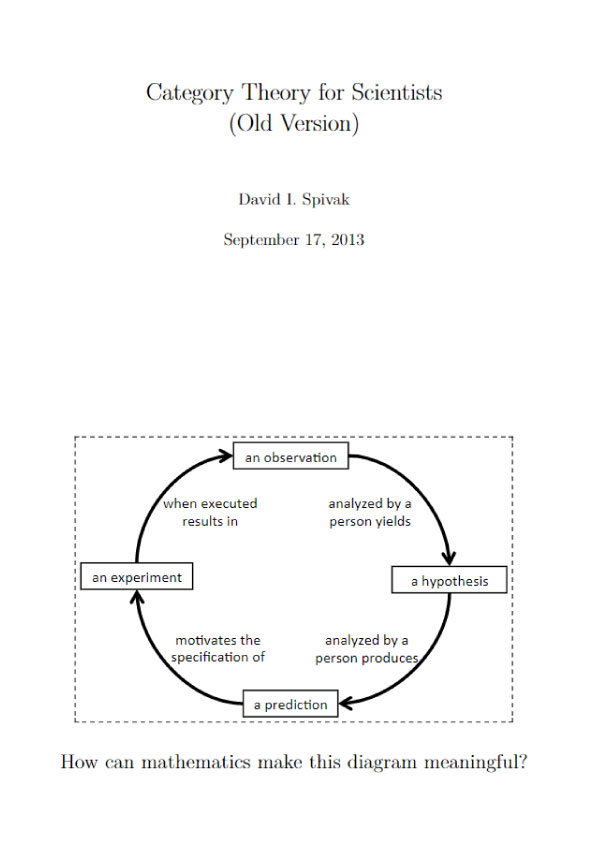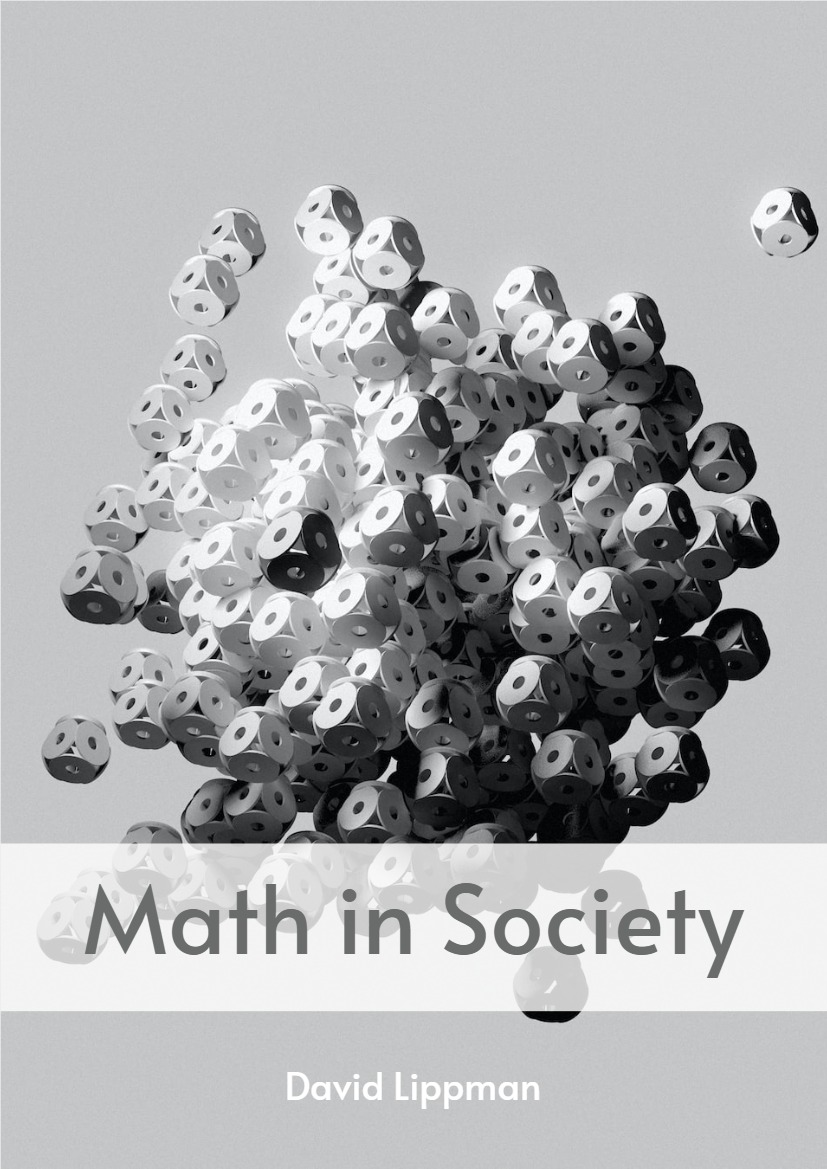Answer of the Exercise: Student Solutions Manual
0.1 Pre-Algebra – Integers
Objective: Add, Subtract, Multiply and Divide Positive and Negative Numbers.
The ability to work comfortably with negative numbers is essential to success in algebra. For this reason we will do a quick review of adding, subtracting, multi- plying and dividing of integers. Integers are all the positive whole numbers, zero, and their opposites (negatives). As this is intended to be a review of integers, the descriptions and examples will not be as detailed as a normal lesson.
World View Note: The first set of rules for working with negative numbers was written out by the Indian mathematician Brahmagupta.
When adding integers we have two cases to consider. The first is if the signs match, both positive or both negative. If the signs match we will add the numbers together and keep the sign. This is illustrated in the following examples
Example 1.
− 5+ (− 3) Same sign, add 5+ 3, keep the negative
− 8 Our Solution
Example 2.
− 7+ (− 5) Same sign, add 7+ 5, keep the negative
− 12 Our Solution
If the signs don’t match, one positive and one negative number, we will subtract the numbers (as if they were all positive) and then use the sign from the larger number. This means if the larger number is positive, the answer is positive. If the larger number is negative, the answer is negative. This is shown in the following examples.
Example 3.
− 7+ 2 Different signs, subtract 7− 2, use sign from bigger number, negative
− 5 Our Solution
Example 4.
− 4+ 6 Different signs, subtract 6− 4, use sign from bigger number, positive
2 Our Solution
Example 5.
4+ (− 3) Different signs, subtract 4− 3, use sign from bigger number, positive
1 Our Solution
Example 6.
7+ (− 10) Different signs, subtract 10− 7, use sign from bigger number, negative
− 3 Our Solution
For subtraction of negatives we will change the problem to an addition problem which we can then solve using the above methods. The way we change a subtraction to an addition is to add the opposite of the number after the subtraction sign. Often this method is refered to as “add the opposite.” This is illustrated in the following examples.
Example 7.
8− 3 Add the opposite of 3
8+ (− 3) Different signs, subtract 8− 3, use sign from bigger number, positive
5 Our Solution
Example 8.
− 4− 6 Add the opposite of 6
− 4+ (− 6) Same sign, add 4+ 6, keep the negative
− 10 Our Solution
Example 9.
9− (− 4) Add the opposite of − 4
9 +4 Same sign, add 9+ 4, keep the positive
13 Our Solution
Example 10.
− 6− (− 2) Add the opposite of− 2
− 6 +2 Different sign, subtract 6− 2, use sign from bigger number, negative
− 4 Our Solution
Multiplication and division of integers both work in a very similar pattern. The short description of the process is we multiply and divide like normal, if the signs match (both positive or both negative) the answer is positive. If the signs don’t match (one positive and one negative) then the answer is negative. This is shown in the following examples
Example 11.
(4)(− 6) Signs do notmatch, answer is negative
− 24 Our Solution
Example 12.
− 36 − 9 Signs match, answer is positive
4 Our Solution
Example 13.
− 2(− 6) Signs match, answer is positive
12 Our Solution
Example 14.
15 − 3 Signs do not match, answer is negative
− 5 Our Solution
A few things to be careful of when working with integers. First be sure not to confuse a problem like − 3 − 8 with − 3( − 8). The second problem is a multiplication problem because there is nothing between the 3 and the parenthesis. If there is no operation written in between the parts, then we assume that means we are multiplying. The − 3− 8 problem, is subtraction because the subtraction separates the 3 from what comes after it. Another item to watch out for is to be careful not to mix up the pattern for adding and subtracting integers with the pattern for multiplying and dividing integers. They can look very similar, for example if the signs match on addition, the we keep the negative,− 3 + (− 7) =− 10, but if the signs match on multiplication, the answer is positive, ( − 3)( − 7) = 21.
